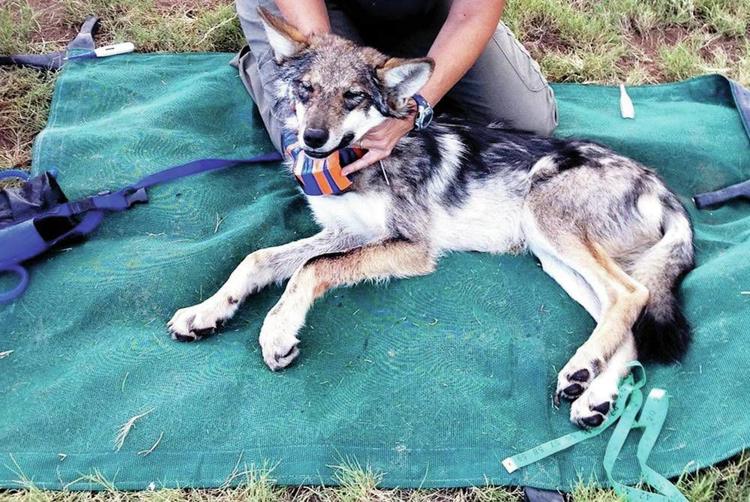-
In June the BLM released a draft EIS Programmatic EIS for Fuel Breaks in the Great Basin. The proposal would authorize the creation of 11,000 miles of fuel breaks primarily in sagebrush ecosystems across parts of Nevada, California, Utah, Idaho, Washington, and Oregon. https://eplanning.blm.gov/epl-front-office/projects/nepa/71149/175534/213852/FuelBreaksDraftPEIS_Bulletin.pdf This plan is a government boondoggle that will cost a significant…
-
Sometimes a “win” is the fight you don’t have to have. Instead of victories proclaimed from the steps of the courthouse, some wins are the quiet kind which involve not having to go back to court at all. Western Watersheds Project and our allies recently had such a win, in a case over Sierra Nevada yellow-legged frogs, the…
-
I recently got a survey from a mountain biking advocate asking me if I agreed with the premise that bikes belong in designated wilderness. This person justified mountain bike access to wilderness and recommended wilderness areas because they maintain trails and create new trails that are open to hikers and horse riders. And oh, by…
-
Monitoring project shows two weeks of cattle is decimating the understory FISH LAKE, Utah – Conservationists today released a new report showing that cattle grazing in the world-famous Pando aspen clone and neighboring aspen groves exert more than four times as much grazing pressure over less than two weeks as do mule deer grazing over the course…
-
Co-authored by Jessica Johnson, chief legislative officer, Animal Protection of New Mexico; and Greta Anderson, deputy director, Western Watersheds Project — Last year, the American public learned about the brutal killing of an endangered Mexican gray wolf—identified as Mexican wolf number #1385 of the Willow Springs pack, and named “Mia Tuk” by an Albuquerque schoolchild—by a…
-
With the ravages created by the climate emergency including flooding in the Midwest, wildfires in the West, cities going underwater on the coast of Florida, and extreme heat, we might begin to look at our public lands as carbon storage sites. One of the misconceptions guiding public forest policy is the assumption that logging/thinning can…
-
Mountain Biking is a significant threat to our wildlands—both in designated preserves like national parks, wilderness areas, and the like, but also Wilderness Study Areas (WSA) and roadless lands that may potentially be given Congressional protection under the 1964 Wilderness Act. Wilderness designation is one of the best ways to protect biodiversity, watersheds, wildlife habitat,…
-
Juniper are more common on slopes and rocky terrain. Photo George Wuerthner The recent article on juniper mortality in central Oregon demonstrates how most forestry professors have little ecological understanding of ecosystem processes nor even the latest ecological science. In the RG article, an Oregon State University forestry professor suggests a lack of low severity…

